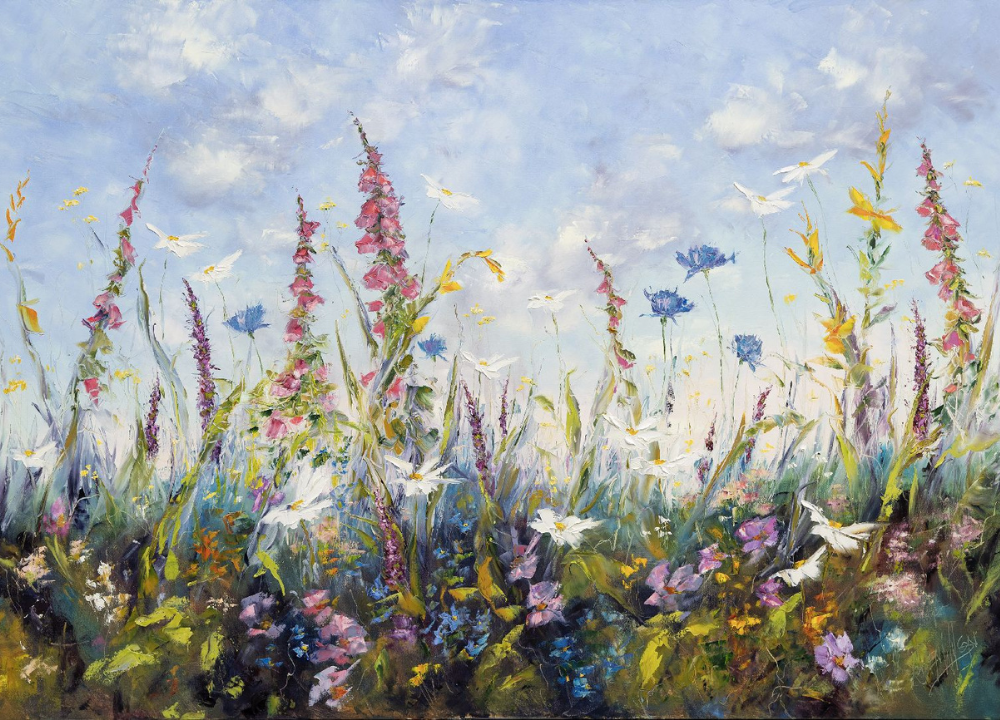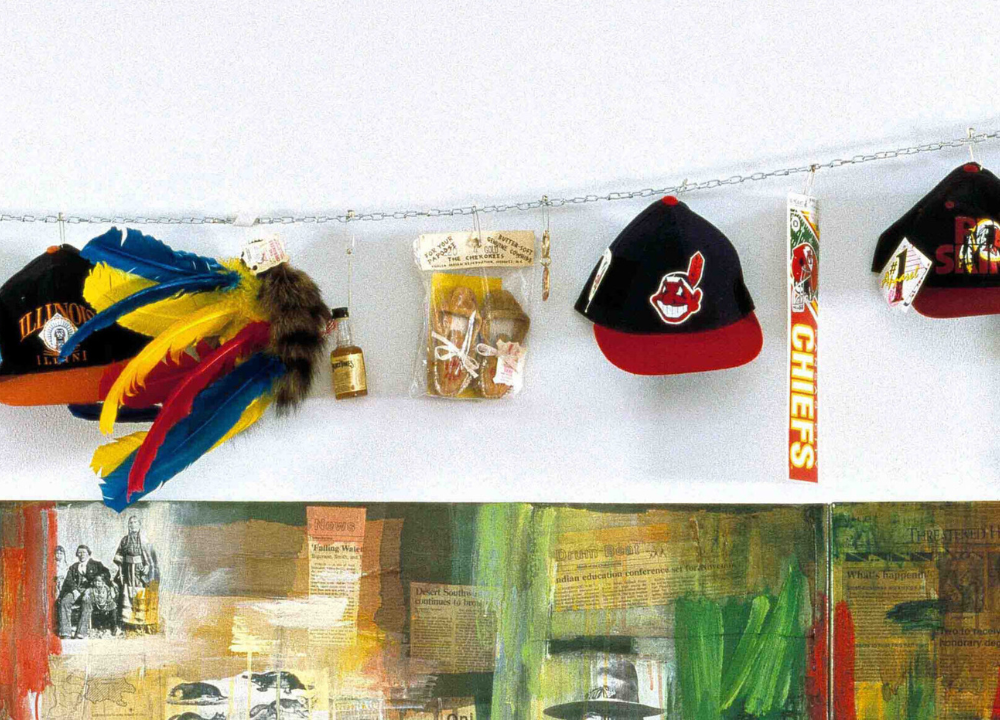Have you ever wondered what colors make blue? You might think blue is just blue, but there’s a fascinating world of mixing colors waiting for you to explore.
Understanding how to create blue can open up a treasure chest of possibilities for your art, design, or DIY projects. You’ll discover the surprising truths behind mixing blues. You’ll learn which colors to combine and the techniques that can help you achieve the perfect shade.
Understanding The Science Of Blue
Blue is a fascinating color. It is not just beautiful but also essential in both art and light. Knowing how blue works helps artists and designers make better choices. Let’s explore the basics and discover why blue stands alone.
Primary Color Basics
Colors play a vital role in art and design. They can evoke emotions and create atmospheres. Understanding primary colors is the first step in color theory. Primary colors are the building blocks of all other colors. They include red, yellow, and blue. Here’s how they work:
- Red: A warm color that can be mixed to create orange.
- Yellow: A bright color that blends with red to make orange.
- Blue: A cool color that stands alone and cannot be created.
Blue is a primary color in both art and light theory. It cannot be created by mixing other pigments. Instead, it serves as a foundation for other colors. For instance, when mixed with red, it forms purple. When mixed with yellow, it creates green. Here’s a simple table to illustrate:
| Color Mix | Resulting Color |
|---|---|
| Blue + Red | Purple |
| Blue + Yellow | Green |
Unlike secondary colors, blue has no mixable components. It remains pure and strong. Pigment science supports its role as a foundational hue. Understanding this helps artists choose the right colors for their work.
Why Blue Can’t Be Mixed
Blue is unique in the color spectrum. It cannot be mixed from other colors. This is a key point in color theory. The traditional understanding of color mixing states that primary colors cannot be created by blending others.
Attempts to mix blue typically result in dull or muddy tones. Mixing blue with other colors often dilutes its vibrancy. For example, adding yellow to blue gives green, but the original blue is lost. Here’s a list of common mistakes:
- Mixing blue with brown leads to a dull shade.
- Combining blue with orange often creates a muddy color.
- Mixing with too many pigments can make blue less bright.
Artists often find blue hard to mix accurately. Its essence changes with different pigments. Understanding this can save time and effort.

Mixing Blue-like Shades
Discovering how to create faux blues can help in art, design, and even home decor. This section explores these mixing techniques and their effects.
Creating Faux Blues
Faux blues are shades that mimic blue without being true blue. They can add depth and variety to your projects. To create these shades, consider the following methods:
- Mix cyan with magenta for a bluish-purple hue.
- Try turquoise and violet to simulate cooler blue tones.
- Use color layering to create depth in blue illusions.
Each method provides a unique twist on blue. Here’s a simple table to understand some common faux blues:
| Faux Blue Shade | Mixing Colors |
|---|---|
| Bluish-Purple | Cyan + Magenta |
| Cooler Blue | Turquoise + Violet |
| Depth Blue | Layering Multiple Blues |
These techniques can help you achieve stunning results. Try them to see how they change your artwork.
Cool Vs Warm Blue Effects
Blue shades vary in temperature. Understanding this helps in choosing the right tone for your artwork. Cool blues often feel fresh and calm, while warm blues can be inviting and energetic. Here are the key differences:
- Ultramarine has a warmer, reddish undertone.
- Phthalo blue leans cooler and more greenish.
Temperature shifts affect mood and harmony in art. Consider these points:
- Cool blues create a serene atmosphere.
- Warm blues can add vibrancy and energy.
Choose your blue carefully. It sets the tone for your entire piece.
Blue In Pigment Vs Blue In Light
Pigment mixing happens in the physical world, like paint. Light mixing occurs in the digital realm or with light sources. This section explores how blue is created in both contexts. It also provides tips for artists using different mediums.
Rgb Vs Ryb Models
The RGB and RYB color models serve different purposes. In RGB (light), blue can be generated from green and violet light. This model is essential for screens and digital art. Here’s a quick overview:
| Color Model | Primary Colors | Mixing Method |
|---|---|---|
| RGB | Red, Green, Blue | Additive (light) |
| RYB | Red, Yellow, Blue | Subtractive (pigment) |
In RYB (paint), blue is fundamental—not mixable. This model is used in traditional art. Artists mix colors to create new shades. Understanding these models helps artists choose the right approach.
- RGB works best for digital projects.
- RYB is ideal for painting and drawing.
- Digital vs traditional art requires different color logic.
For digital artists, use CMYK or digital sliders for mixed blue tones. Experimenting with different settings can lead to unique results.
Artist Tips Across Mediums
Mixing blues can be tricky for artists. Here are some helpful tips for different mediums.
- Test paint opacity before layering blue hues.
- Use glazing to enhance the illusion of mixed blue in traditional art.
- Mixing complementary colors can create depth.
- In digital art, adjust the RGB values to achieve the right shade.
For traditional painters, layering colors can create vibrant blues. Start with a strong base layer. Then, gradually add lighter or darker hues. This technique adds dimension and richness. Remember, the medium influences how colors interact.
Alternative Solutions Without Blue Paint
Many artists want to know what colors make blue. Sometimes, blue paint is not available. In such cases, alternative solutions without blue paint can help. By using different pigments and techniques, you can achieve beautiful shades of blue without the actual color.
Pigment Substitutes
Finding substitutes for blue pigments can expand your palette. Here are some effective alternatives:
- Payne’s Grey: This dark grey has a blue undertone. It mimics shadowed blues perfectly.
- Cool Violet: Use this to create soft blue shades. It adds a touch of warmth.
- Indigo: This deep color can substitute for darker blues. It has a rich, complex tone.
- Dioxazine Purple: This purple has a cool tone. It adds depth and vibrancy to your mix.
Here’s a quick comparison of pigment substitutes:
| Substitute | Effect on Color |
|---|---|
| Payne’s Grey | Mimics shadowed blues |
| Cool Violet | Creates soft desaturated blue |
| Indigo | Adds depth |
| Dioxazine Purple | Enhances vibrancy |
Layering these pigments can simulate blue effectively. Experimenting with different combinations is key. This way, you can find the perfect shade for your needs.
Blending Tricks For Beginners
Blending colors can create stunning shades of blue. Here are some simple tricks for beginners:
- Mix Green and Purple: This combination can create a soft desaturated blue. Adjust the ratio for desired shades.
- Layer Translucent Cool Tones: Using lighter colors can simulate blue. This technique adds dimension to your art.
- Use White or Black: Adjusting value and saturation can help. White lightens colors, while black darkens them.
- Avoid Warm Reds: Stay clear of warm reds. They can shift your colors towards warmer hues.
When blending, start with small amounts of each color. Gradually add more until you reach your desired shade. Practice is important. Keep experimenting with different mixes to improve your skills.




